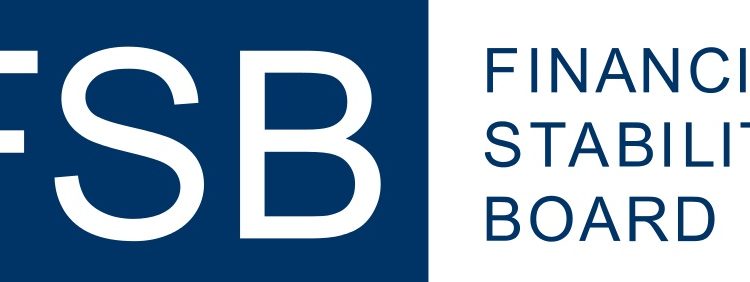Roadmap for Climate-related Financial Risks
The Financial Stability Board (FSB) releases a roadmap for climate-related financial risks, aimed at summarizing the progress of the FSB in addressing climate-related financial risks.
In July 2021, the Financial Stability Board released the first version of its climate-related financial risk roadmap, coordinating international institutions’ actions in climate policy. The Financial Stability Board also submitted progress reports for 2022 and 2023 respectively.
Related Post: Financial Stability Board Releases 2024 Global Climate-related Disclosure Progress Report
Progress on Roadmap for Climate-related Financial Risks
The roadmap for climate-related financial risks is mainly divided into the following parts:
Disclosures
In 2023, the International Sustainability Standards Board (ISSB) released IFRS S1 and IFRS S2, and the Financial Stability Board welcomed these documents. The International Organization of Securities Commissions (ISOCO) recommends that jurisdictions apply these standards in their regulatory frameworks. As of September 2024, 17 members of the Financial Stability Board have started applying ISSB standards.
In May 2024, the ISSB released jurisdictional guidelines and coordinated with the European Financial Reporting Advisory Group (EFRAG) and the Global Reporting Initiative (GRI) to reduce the disclosure burden on businesses. In November 2024, the International Auditing and Assurance Standards Board (IAASB) released the ISSA 5000. In June 2025, the Basel Committee released a framework for disclosing climate-related financial risks.
Data
The G20 Data Gap Initiative plans to address the current data gap in forward-looking climate indicators, while the United Nations Office for Disaster Risk Reduction is developing a global physical risk indicator to quantify the economic losses caused by climate physical risks. The Climate Change Knowledge Portal of the World Bank provides physical risk exposure data for different climate scenarios. The International Monetary Fund (IMF) has released the Climate Change Indicators Dashboard, which releases macro climate indicator data quarterly.
In January 2025, the Financial Stability Board released a climate change framework and toolkit, analyzing the transmission mechanisms of physical and transition risks in the financial system, and proposing three types of indicators: agency, exposure, and risk. Due to differences in climate risk definitions and model assumptions across different jurisdictions, the availability of these data still faces challenges.
Vulnerability Analysis
The International Monetary Fund and the World Bank have developed a climate change analysis framework for climate risk stress testing and climate risk assessment. At present, vulnerability analysis mainly focuses on specific topics, such as the International Association of Insurance Supervisors studying the impact of natural disaster insurance exposure on financial stability. The Network for Greening the Financial System (NGFS) explores the relationship between climate adaptation financing and prudent risk in the financial system. The Financial Stability Board has also studied the impact of climate change on the real estate industry and the risk transmission mechanism.
Regulatory and Supervisory Practices and Tools
In 2023, the International Organization of Securities Commissions released a report on regulatory practices for greenwashing, and in 2024, a report on voluntary carbon market practices released, and a green finance innovation workflow initiated to identify ESG development trends. In January 2025, the International Insurance Regulatory Association will release an application document on insurance climate-related risk regulation, outlining industry regulatory practices.
In 2025, the Financial Stability Board released a transition plan and financial stability report, stating that the forward-looking information provided by the transition plan can enhance financial stability assessment. In 2024, the Green Finance Network will release a conceptual framework for nature-related financial risks, guiding regulatory agencies to analyze the relationship between natural financial risks and climate financial risks.
Midterm Plan for Climate-related Financial Risks
The Financial Stability Board has outlined a medium-term plan to address potential climate-related financial risks, which include:
- Coordination of international efforts: The committee will coordinate climate-related financial risk work, ensure the rational use of resources by financial institutions and regulatory agencies, and avoid duplication.
- Information sharing: The committee will share its own and other international organizations’ work information through public reports and other means.
- Vulnerability analysis: The committee is identifying financial stability vulnerabilities and developing mitigation measures, but this action will depend on members’ opinions on the vulnerability analysis.
- Regulatory and supervisory work: The Committee is carrying out a transition plan and nature-related financial risk supervision work, promoting financial institutions and regulatory agencies to incorporate it into their risk management framework.
- External engagement: The Committee will continue to share climate-related financial risk information with stakeholders and organize seminars.
Reference:
FSB Roadmap for Addressing Financial Risks from Climate Change
ESG Advertisements Contact:todayesg@gmail.com








